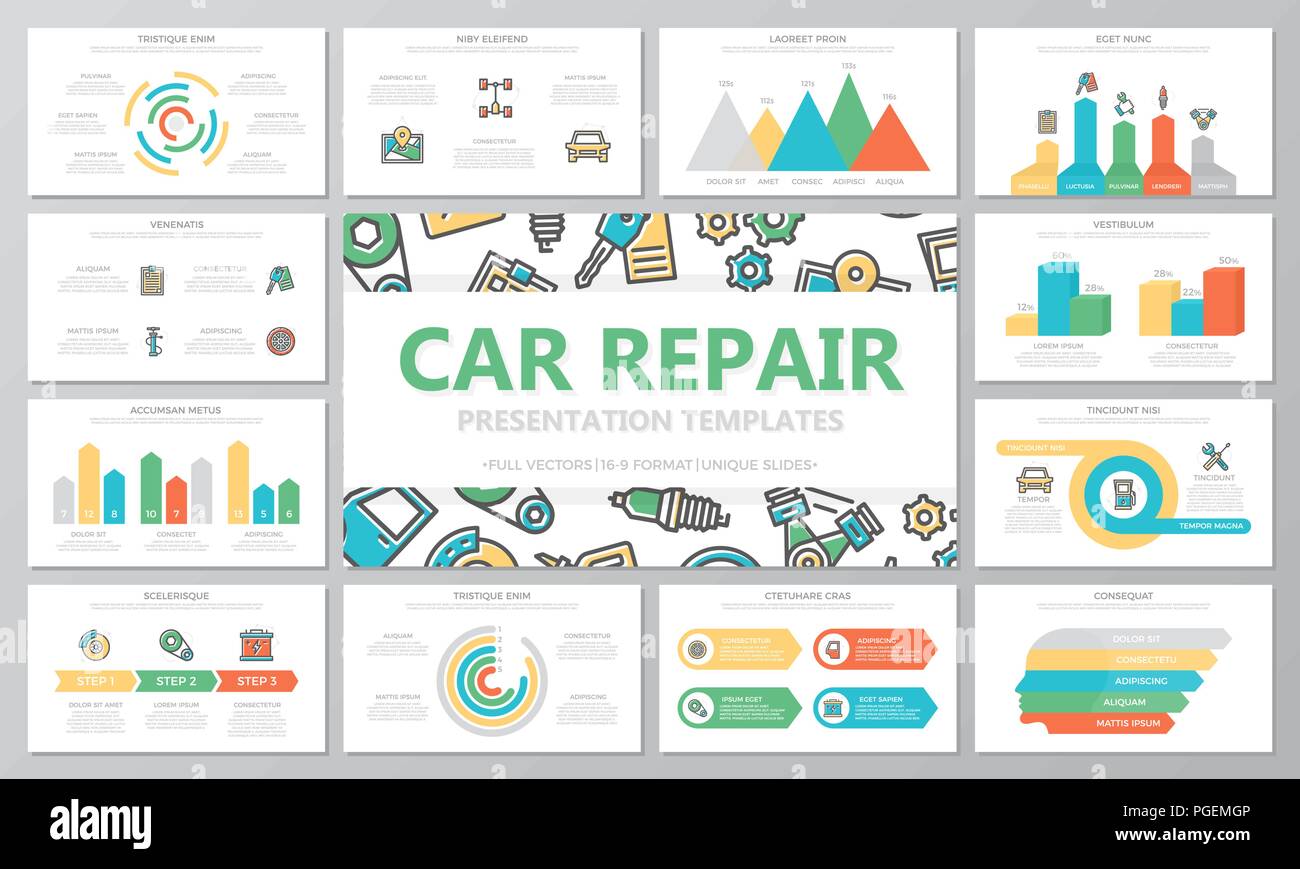Eager To Understand What The Dashboard Warning Lights In Your Automobile Signify? Explore Their Meanings For The Well-Being And Safety And Security Of Your Car
Eager To Understand What The Dashboard Warning Lights In Your Automobile Signify? Explore Their Meanings For The Well-Being And Safety And Security Of Your Car
Blog Article
Material Author-Sykes Forbes
When you're behind the wheel, those glowing warning lights on your dashboard can be a little bit difficult. Do you understand what they're trying to inform you about your automobile's wellness? Comprehending the significance of these lights is vital for your safety and the durability of your automobile. So, the next time one of those lights turns up, would not you intend to decipher its message properly and take the necessary steps to address it?
Common Caution Lighting and Interpretations
Recognize usual caution lights in your auto and understand their meanings to make certain safe driving.
One of the most typical warning lights include the check engine light, which signifies issues with the engine or emissions system. If this light begins, it's critical to have your car inspected promptly.
The oil pressure alerting light suggests low oil stress, requiring immediate attention to prevent engine damages.
A flashing battery light may suggest a defective billing system, possibly leaving you stranded otherwise addressed.
https://www.benningtonbanner.com/local-news/no-bumper-crop-of-auto-parts-this-year-supply-problems-worldwide-affecting-vehicle-repair-industry/article_59b27b32-26f0-11ec-8b9a-cbeae0597102.html monitoring system (TPMS) light notifies you to low tire stress, affecting automobile stability and fuel effectiveness. Neglecting this might bring about harmful driving problems.
The ABS light suggests a problem with the anti-lock braking system, jeopardizing your capability to quit quickly in emergency situations.
Lastly, the coolant temperature advising light warns of engine getting too hot, which can lead to extreme damages if not settled swiftly.
Understanding these usual warning lights will help you resolve issues without delay and maintain safe driving problems.
Significance of Prompt Attention
Recognizing the common caution lights in your cars and truck is only the first step; the value of immediately attending to these warnings can not be highlighted enough to ensure your safety and security on the road.
When a caution light brightens on your control panel, it's your cars and truck's method of interacting a prospective concern that requires interest. Ignoring these cautions can bring about a lot more severe troubles down the road, compromising your safety and security and potentially costing you much more out of commission.
Prompt attention to warning lights can avoid break downs and mishaps. For instance, a flashing check engine light can suggest a misfire that, if left neglected, could cause damage to the catalytic converter. Addressing this promptly can save you from a costly repair work.
In a similar way, a brake system cautioning light might signal low brake fluid or worn brake pads, important parts for your safety and security when driving.
DIY Troubleshooting Tips
If you observe a caution light on your dashboard, there are a couple of do it yourself troubleshooting tips you can attempt prior to seeking specialist aid.
The primary step is to consult your automobile's handbook to recognize what the particular caution light suggests. Often simply click the up coming site can be as simple as a loosened gas cap triggering the check engine light. Tightening up the gas cap might fix the trouble.
An additional usual issue is a reduced battery, which can set off various warning lights. Checking the battery connections for rust and ensuring they're safe and secure may deal with the issue.
If a caution light persists, you can try resetting it by disconnecting the auto's battery for a couple of mins and after that reconnecting it. In addition, examining your car's liquid degrees, such as oil, coolant, and brake fluid, can help troubleshoot warning lights connected to these systems.
see here now , recognizing your automobile's warning lights is necessary for maintaining your car running efficiently and safely. By quickly attending to these alerts and knowing what they imply, you can prevent expensive repair work and possible failures.
Remember to consult your auto's manual for certain information on each cautioning light and act as necessary to make certain a trouble-free driving experience.
Remain educated, stay secure when driving!
